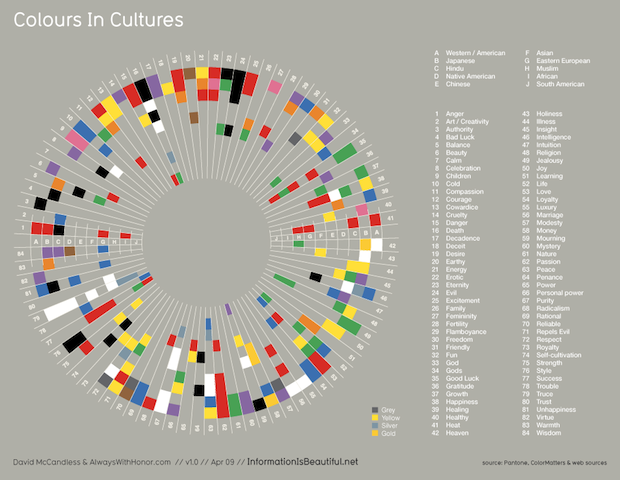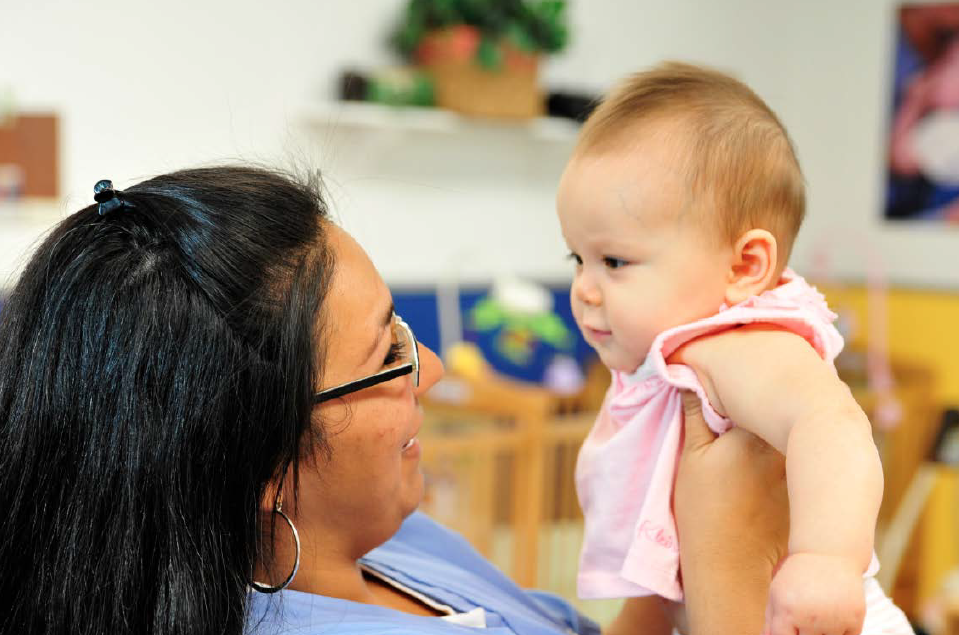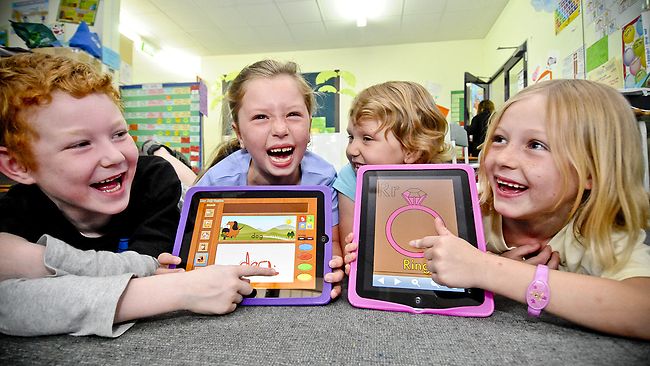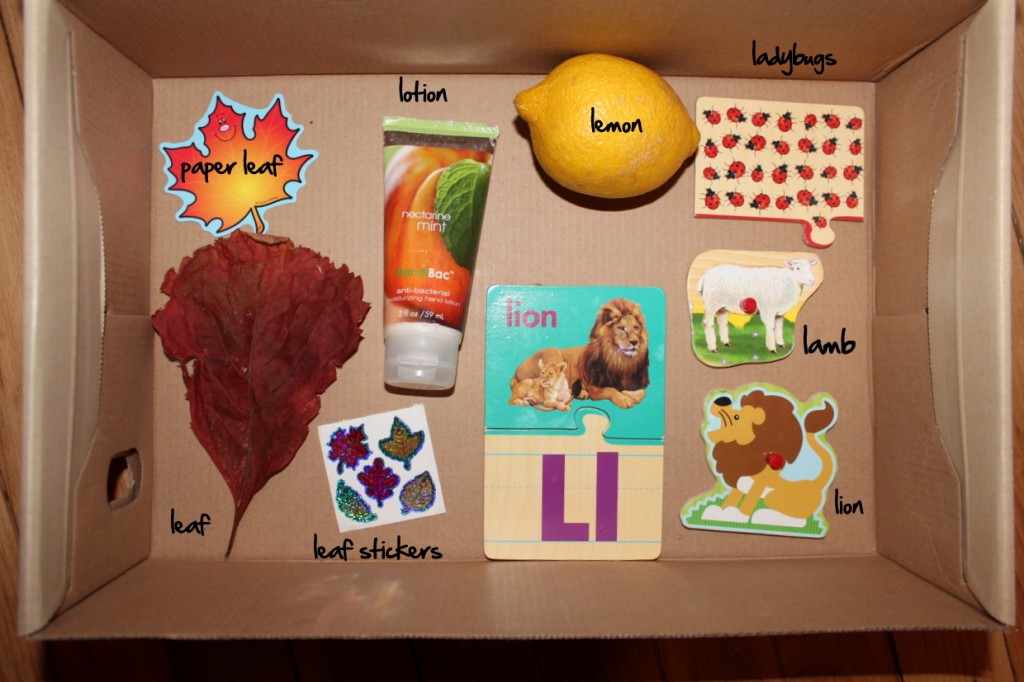Colors are an important language concept. We use them to describe most everything in our world and organize things according to them. In speech-language therapy, colors are often taught and at the very least assessed as part of a standard language battery. Though it might seem easy to grasp, learning colors can be a challenging task for children. Children often learn names of nouns before they learn descriptive words about those nouns (like colors) and can be easily confused when an array of colors are present in a large group. The typical developmental timeline is that children name some colors correctly by the end of their fourth year. At age five, children should correctly name at least four colors. For a child with a language impairment, this can be even trickier and ultimately delayed. Try focusing instruction to teach a child colors with these ten activities.
Taking Speech Therapy on the Road- 3 Language Activities while Traveling
Speech Therapy TechniquesWith spring break in full swing, parents and children are taking to their cars and minivans for fun-filled family road trips. After you gas up the car, fill the tires, check the transmission and your camping trailer, consider how you can incorporate language learning into the trip. If you have a youngster you probably know that keeping them occupied in the car can be a challenge, but if you have language learning in mind you can come up with some fun and engaging activities. Speech-therapy techniques often rely on creativity, and the car is no different. Though it might not seem as though you have a lot of materials, and while you might have some handy mobile devices or DVD players, here are some suggestioned speech and language activities for a road trip that the whole family can enjoy.
Read My Lips: How Babies Learn to Speak by Watching You
Language Development- Source: tutortime.com
Babies have a lot to learn. Sitting up, how to grasp a toy, who is “mommy?” eating foods, and most importantly, how to learn to speak. Learning language is the coordination of many skills – the brain must interpret the sounds and words it is hearing and map that onto objects and actions in the environment. What you might not expect, however, is that for babies it’s just as important to read lips as it is to hear the language. New research suggests that babies learn to speak while watching other’s lips.
Speech Therapy in Your Pocket- 5 iPad Apps for Speech Production
Speech Therapy Techniques
Speech therapy requires therapists to be armed with a variety of materials for promoting speech production. Traditionally, these have been articulation cards, books, mirrors and boundless therapy toys. This makes for a lot of materials to tote around and can ultimately become tiresome. Thankfully, working on speech production has never been easier if you’re outfitted with a mobile device. Not only can you condense materials into one pint-sized tablet, but you can reinvigorate your therapy sessions with new apps and their game-changing technologies. Here are five iPad apps for speech production that you should know about. Each contains high quality graphics and new ways to infuse technology into your speech therapy sessions.
Teach Your Child to Say the L Sound
Speech Therapy Techniques
Does your child say, “wake” for “lake?” Have you heard your student shout “wook!” instead of “look!” If you’re hearing these errors you might be concerned with the /l/ sound. Many children have difficulty making the /l/ sound and will omit it from a word or substitute a different sound like /w/ or /y/. Luckily, there are a variety of speech-therapy techniques that you can use at home to tackle this tricky sound.





